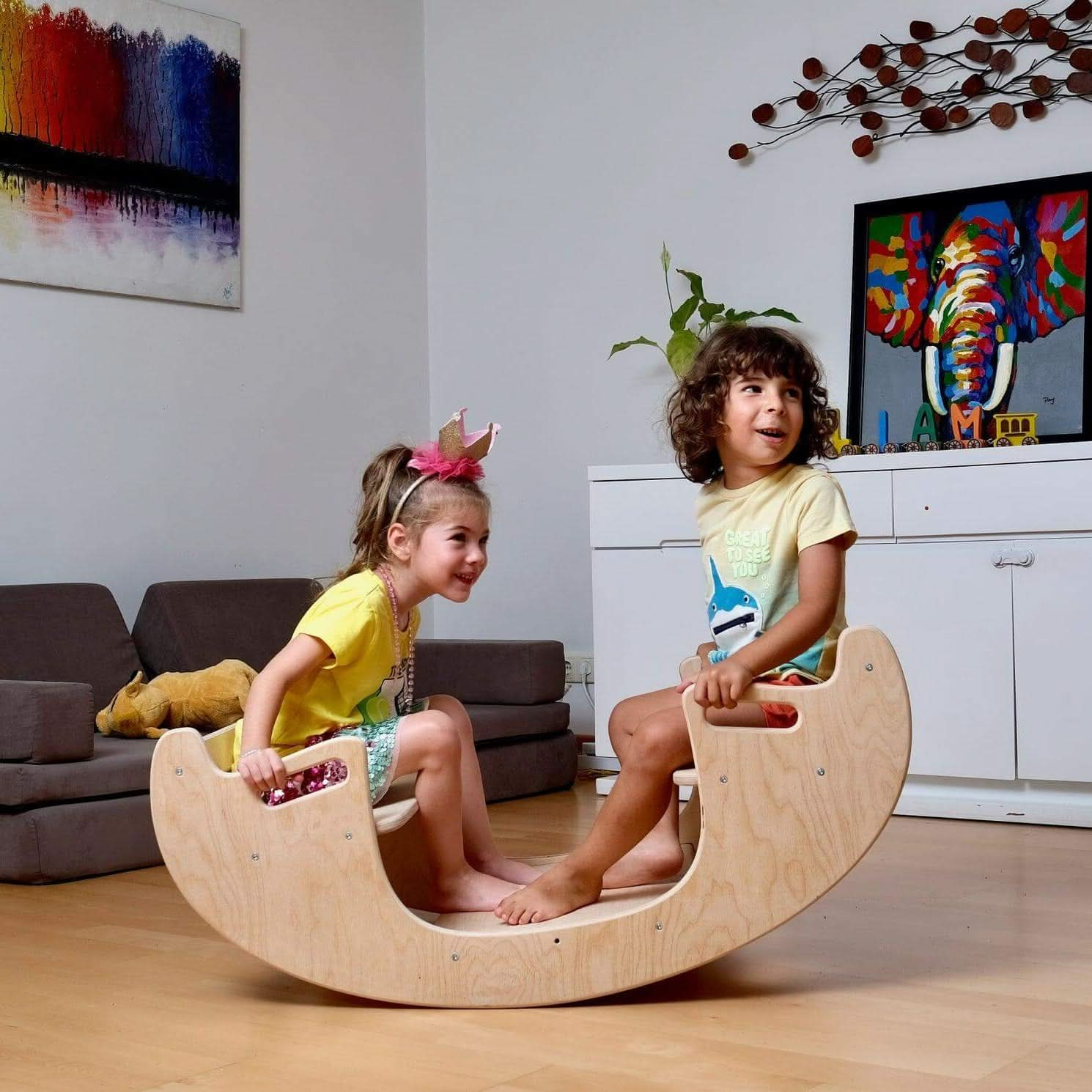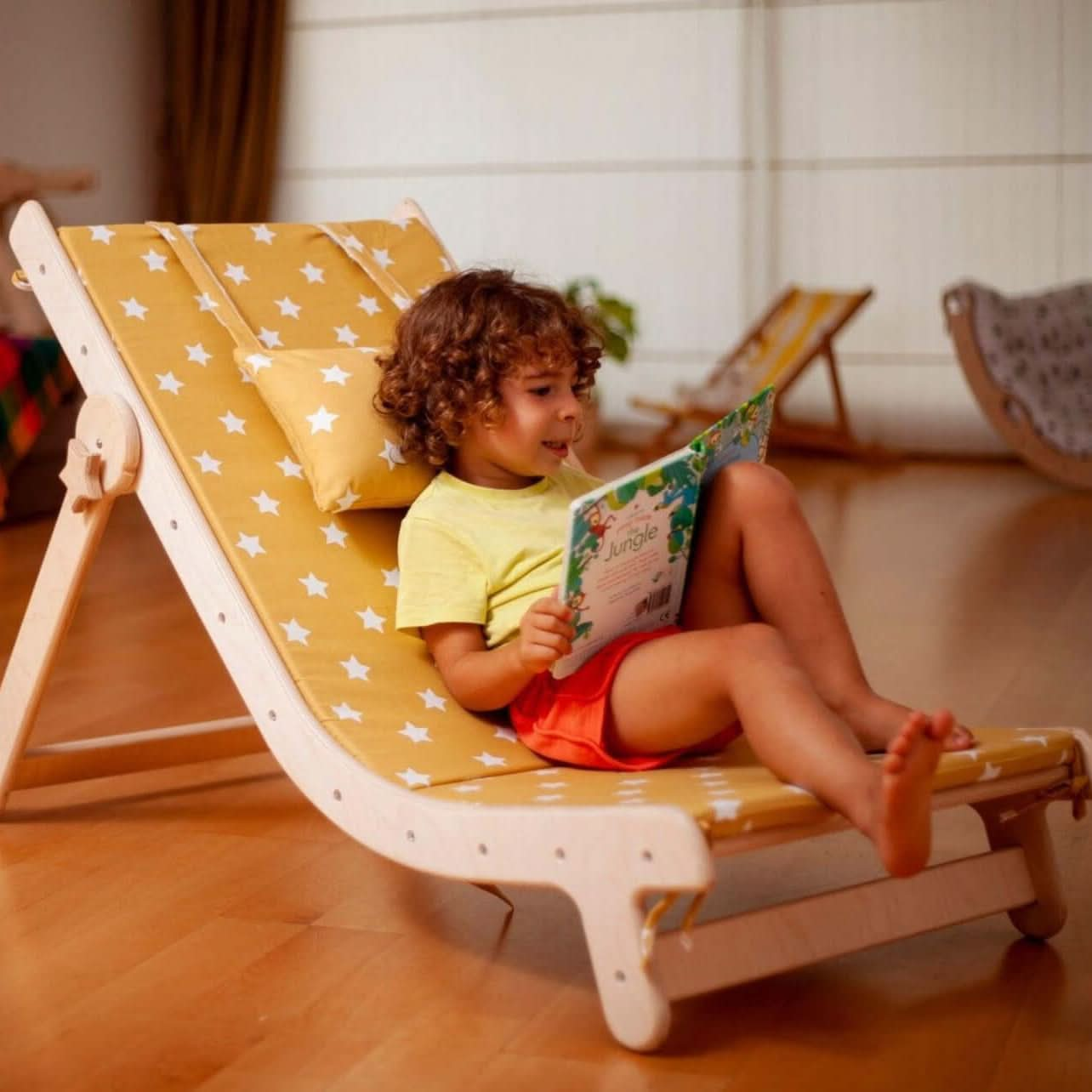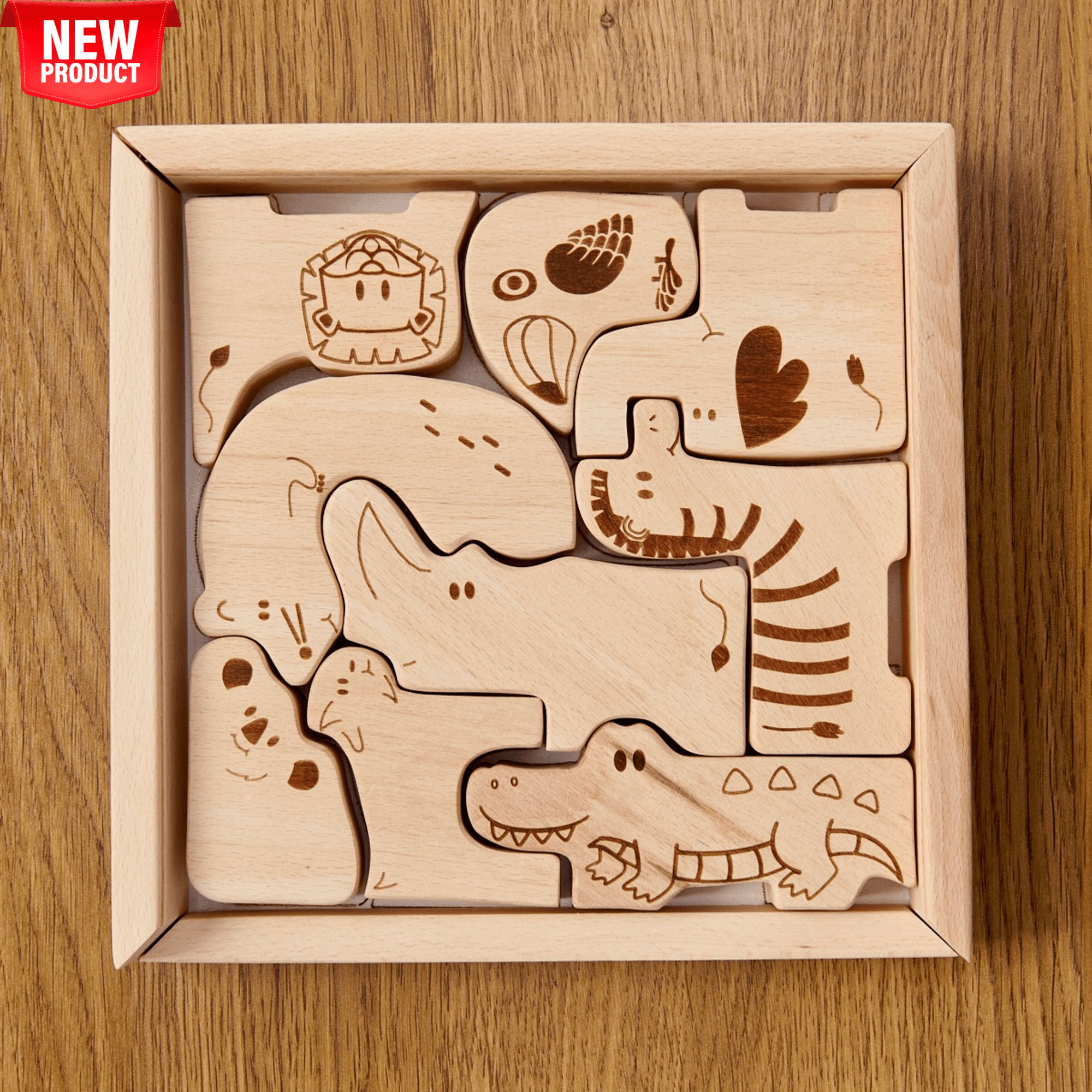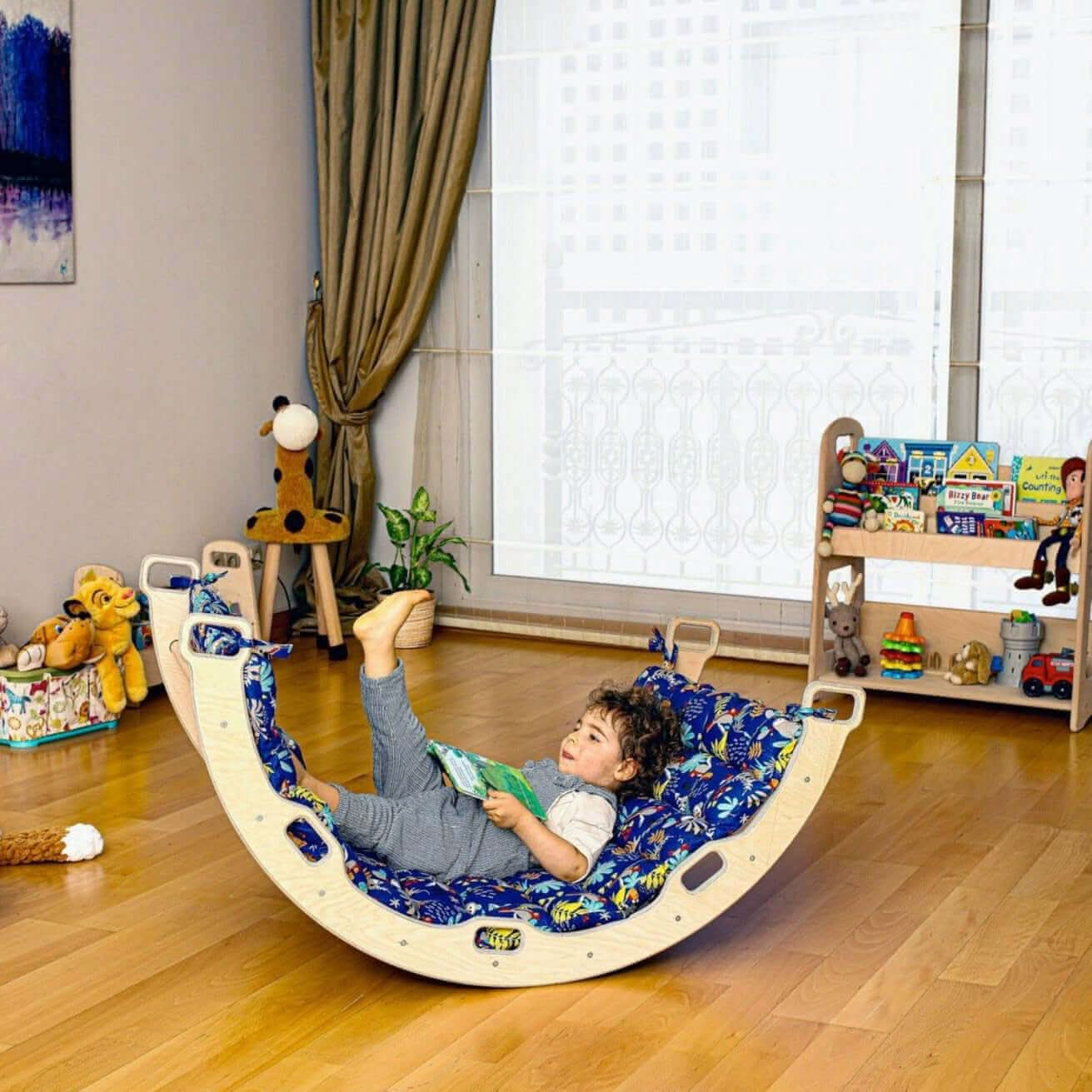
· Von halit burak capraz
The History, Development, and Significance of Montessori Furniture: Shaping a Child’s World
The History, Development, and Significance of Montessori Furniture: Shaping a Child’s World
Montessori furniture stands as a cornerstone of the Montessori educational philosophy, a modern approach to child development. Understanding the historical journey of Montessori furniture sheds light on how both education and design have evolved over the years. In this article, we’ll explore the origins, growth, and significance of Montessori furniture, the factors that shaped its journey, and its impact on children’s development today.
The Roots of Montessori Education
To understand Montessori furniture, we must first explore the origins of the Montessori method. This philosophy was introduced in 1907 by Dr. Maria Montessori, an Italian physician, anthropologist, and educator. By observing children’s natural learning behaviors, Montessori emphasized the importance of creating an environment where children could learn freely and independently.
The first Montessori school, Casa dei Bambini (Children’s House), was established in Rome to serve children from low-income families. Here, Montessori began designing specialized materials and furniture tailored to meet the needs of children. These items allowed children to explore and learn independently, marking the birth of Montessori furniture.
The Birth and Principles of Montessori Furniture
Montessori furniture is the physical embodiment of Montessori’s educational philosophy. These pieces were designed to align with the needs of the child, focusing on functionality, safety, and accessibility.
Core Principles of Montessori Furniture
- Child-Centered Design: Furniture is scaled to the child’s size, enabling them to move and interact with their environment without adult assistance.
- Natural Materials: Wood and other natural materials are preferred, fostering a connection between children and nature.
- Promoting Independence: Montessori furniture empowers children to take charge of their learning and daily activities.
- Simplicity and Aesthetic Appeal: Free from unnecessary details, Montessori furniture minimizes distractions and promotes focus.
For example, Montessori beds are designed at floor level, allowing children to get in and out independently, fostering exploration and self-reliance.
The Spread of Montessori Furniture
Montessori education and furniture quickly gained traction in Europe during the early 20th century. What began in Italy soon garnered attention in countries like the UK, the Netherlands, Germany, and the United States. Montessori’s approach was seen as revolutionary, particularly in the U.S., where Montessori schools flourished, driving the demand for Montessori furniture.
The Industrial Revolution’s Impact
By the mid-20th century, industrial advancements enabled the mass production of Montessori furniture. No longer limited to classrooms, these designs began finding their way into homes. This shift revolutionized how children’s rooms were designed, especially in the post-1950s era, integrating Montessori principles into family life.
Modern Montessori Furniture and Design Approaches
Today, Montessori furniture has evolved beyond its educational roots, merging with contemporary design principles. Sustainability, modularity, and eco-conscious production methods have become integral to modern Montessori furniture.
Innovative Design Trends
- Modular Furniture: Adjustable furniture that grows with the child offers long-term usability.
- Minimalist Aesthetic: Clean, clutter-free designs ensure focus and functionality.
- Multi-Purpose Solutions: Space-saving designs that serve multiple functions make Montessori furniture ideal for smaller homes.
The Digital Age and Montessori Furniture
The integration of technology into daily life has also influenced Montessori furniture design. Smart storage solutions and interactive learning features now complement traditional Montessori principles.
The Importance of Montessori Furniture in Child Development
The impact of Montessori furniture on child development underscores its enduring value.
Physical Development
Montessori furniture supports the development of motor skills. Child-sized tables and chairs, for instance, help children practice balance and coordination as they sit and stand.
Cognitive and Emotional Growth
By enabling independence, Montessori furniture fosters self-confidence. Children raised in Montessori environments often excel in problem-solving and decision-making, thanks to the autonomy these designs encourage.
Responsibility and Organization
Montessori furniture teaches children to care for their belongings and organize their space. Open shelving systems, for instance, make it easy for children to arrange their toys and materials neatly.
Inspiring Stories of Montessori Furniture in Action
Montessori furniture has positively impacted children’s lives worldwide. Here are a few notable examples:
- Finland’s Educational Reform: Montessori principles and furniture played a key role in modernizing Finland’s educational system. Especially in early childhood education, these designs helped establish Finland as a global model for schooling.
- Freedom and Confidence: In the U.S., a child on the autism spectrum found significant improvement in social skills and confidence through the use of Montessori furniture and environments tailored to their needs.
The Future of Montessori Furniture
The future of Montessori furniture lies in sustainability, technological integration, and personalized design. With growing environmental awareness, eco-friendly materials and processes are becoming more prominent. Additionally, innovations like 3D printing promise to make Montessori furniture more accessible to families worldwide.
Conclusion
Montessori furniture is not just about physical objects; it is a tool that fosters learning, exploration, and growth. Its history, rooted in Dr. Maria Montessori’s revolutionary ideas, reflects a journey of adaptation and innovation.
By understanding its philosophical and practical foundations, along with the positive impacts on child development, we see why Montessori furniture remains relevant and essential. As the world continues to prioritize sustainability and innovation, Montessori furniture will remain a vital component in creating nurturing environments where children can thrive and reach their full potential.

















































